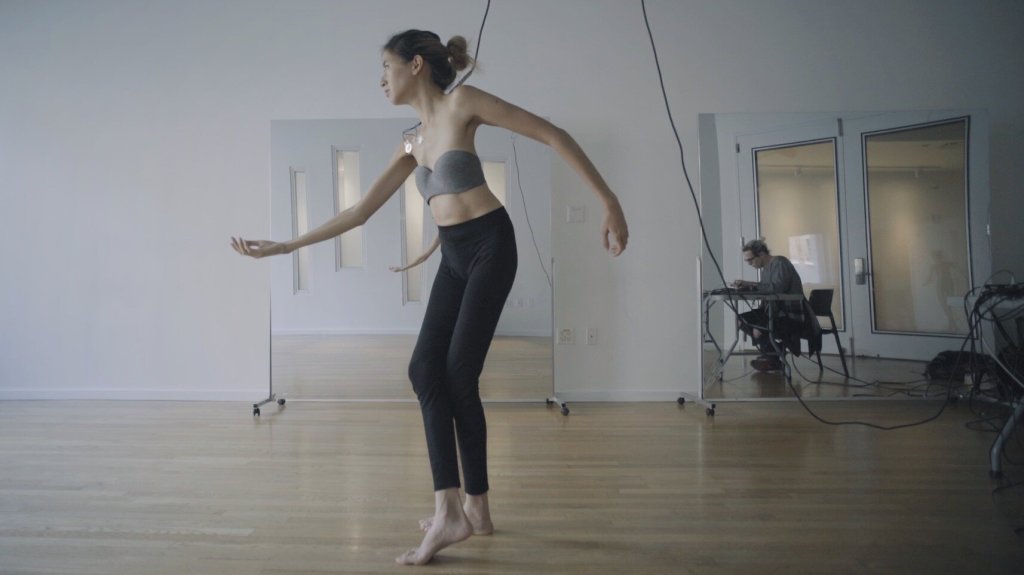[ad_1]
During the first few weeks of the COVID-19 lockdowns, many people found themselves scrambling to make the everyday things they do—jobs, classes, family gatherings—accessible from remote locations. Disabled people have been practicing, advocating, and innovating alternative ways of showing up and getting together since long before the pandemic—out of necessity, and to accommodate one another. On May 8, I moderated a Zoom panel on remote access with disabled artists and writers Kevin Gotkin, Johanna Hedva, and Yo-Yo Lin. The video recording is embedded here. Together, we discuss the importance of incorporating the remote access techniques we’re all learning now into future programs, as well as precedents (artworks, exhibitions) that incorporate remote access from the get-go, rather than tacking it on as an afterthought.
During the panel, Hedva reads from “Get Well Soon,” an essay they wrote for a 2020 online art project by Sam Lavigne and Tega Brain. The text reflects on the eponymous phrase and argues that “the language of illness is a language of platitudes.” Gotkin speaks about the digital glitch as a form of crip aesthetic, highlighting the beauty that often results from things that don’t always work “properly.” Lin discusses her performance The Walls of My Room Are Curved (2019), which treats her disability (a connective tissue disorder) as a generative source for dance movements, image projections, and an electronically manipulated soundtrack of her crackling bones.
All four participants do their best to model online accessibility—which involves more than a remote participation option. We provide visual descriptions of ourselves and the artworks onscreen for blind and low vision people, and use a live closed captioner. (Some video conferencing services have automated caption features for those on tight budgets, though Zoom does not, and automatic captions are prone to error.) Gotkin shares the text for his talk in large text, scrolling to synchronize the on-screen information with his speech—a form of self-captioning. We also include an “access check,” which is standard in the disability community: the original attendees could submit any access needs we didn’t anticipate, both before and during the event.
The symposium offers a chance to reflect on the expertise that disabled artists and access innovators bring to the new normal.
[ad_2]
Source link


